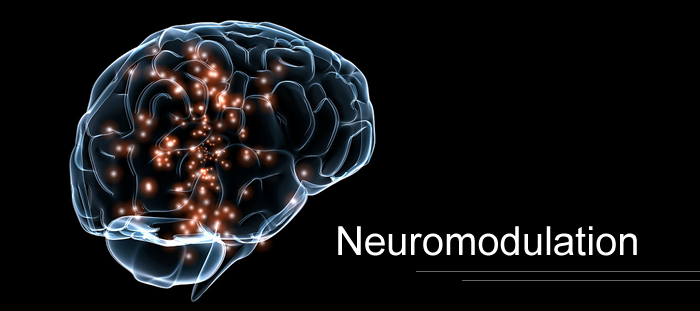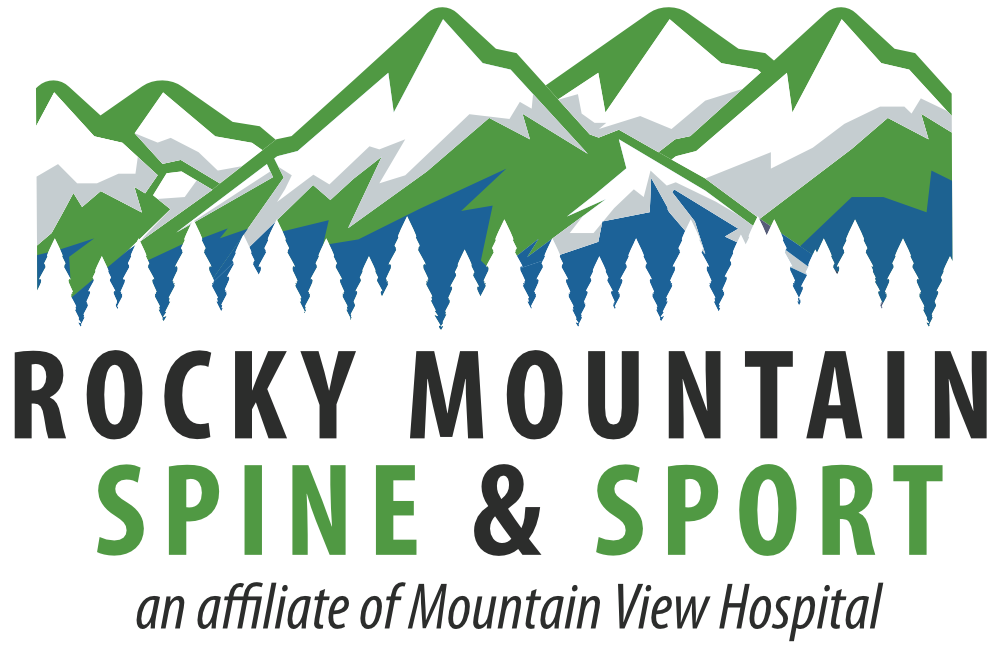Neuromodulation
 I just got back from Philadelphia, PA where I had the wonderful opportunity to attend a seminar discussing the advances in neurostimulation. Neurostimulation is also known as spinal cord stimulation or SCS. This is a science that has been around for 50 years, and actively prescribed for chronic pain issues ~40 years. As I do not possess an advanced degree in physics or engineering, my plan was to lay the ground work of the basics I learned while at the seminar. The overall goal is to give you an understanding of the science and the applications for which SCS can be used.
I just got back from Philadelphia, PA where I had the wonderful opportunity to attend a seminar discussing the advances in neurostimulation. Neurostimulation is also known as spinal cord stimulation or SCS. This is a science that has been around for 50 years, and actively prescribed for chronic pain issues ~40 years. As I do not possess an advanced degree in physics or engineering, my plan was to lay the ground work of the basics I learned while at the seminar. The overall goal is to give you an understanding of the science and the applications for which SCS can be used.
The typical uses for neurostimulation are:
In simplest terms chronic pain in the lower back, arms and legs. However, it has widely been regarded a reasonable treatment for back pain that continues despite surgical intervention. There is actually an official diagnostic term for this, "Failed Back Surgery Syndrome", which (depressingly) refers to a patient who has undergone multiple spinal surgeries and continues to suffer from debilitating low back pain. As time has gone by, the science has evolved and now there are multiple types of stimulation/variances that can be used to help with pain symptoms. While the overall process of neuromodulation is very deep on a physiologic scale --- dealing with different types of pain (nociceptive vs. neuropathic), signals arising in the lateral/medial/descending pathways of the spinal column, etc, the general idea is that with the pain signal you are either interrupting, changing/tricking the brain in the way it perceives the signal. The end result is reduced pain symptoms and a higher quality of life.
- The first type of stimulation developed was called Tonic (traditional). The theory here is that you interrupt or replace the pain signal with another signal (often tingling)---referred to as paresthesia. The result is, you feel a buzzing instead of pain.
- Cycling is a variant form of Tonic, where the stimulation is not constant, but is programmed off and on at a specific rate.
- Dorsal Root Ganglion (DRG) is another variant of Tonic that is used specifically for symptoms in the extremities (arms and legs).
- Burst stimulation is newer technology that just became available 10/2016. The theory with this stimulation is to emulate the neural firing patterns (how your nerves actually work in transmitting pain signals). Rather than a constant signal or off and on at a certain rate, with Burst you are firing several times/sec without the paresthesia effect.
- High Frequency is exactly what it says; using a higher based frequency to better attenuate to the pain signals.
The overwhelming fact is that there are numerous manufacturers and features of spinal cord stimulators --- all offering a different type of product. The advantage is, with all this variety there are several options to deal with your pain. A major advantage of spinal cord stimulation is that, if a patient is deemed a viable candidate, they are scheduled for a trial. One could think of this as a test drive with no commitment, here temporary leads are placed with a minimally invasive procedure. Over a week’s time the unit is calibrated to attenuate to the patient’s pain symptoms. If it works you have a viable option for pain relief, if unsuccessful no permanent changes have been made---so you are back to baseline. In summary, SCS can be a very effective modality of pain relief for the right patient --- it is another option to consider in your quest for a more active and full life. Is a spinal cord stimulator right for you, possibly --- this is a decision that needs to be made jointly with your medical provider.
